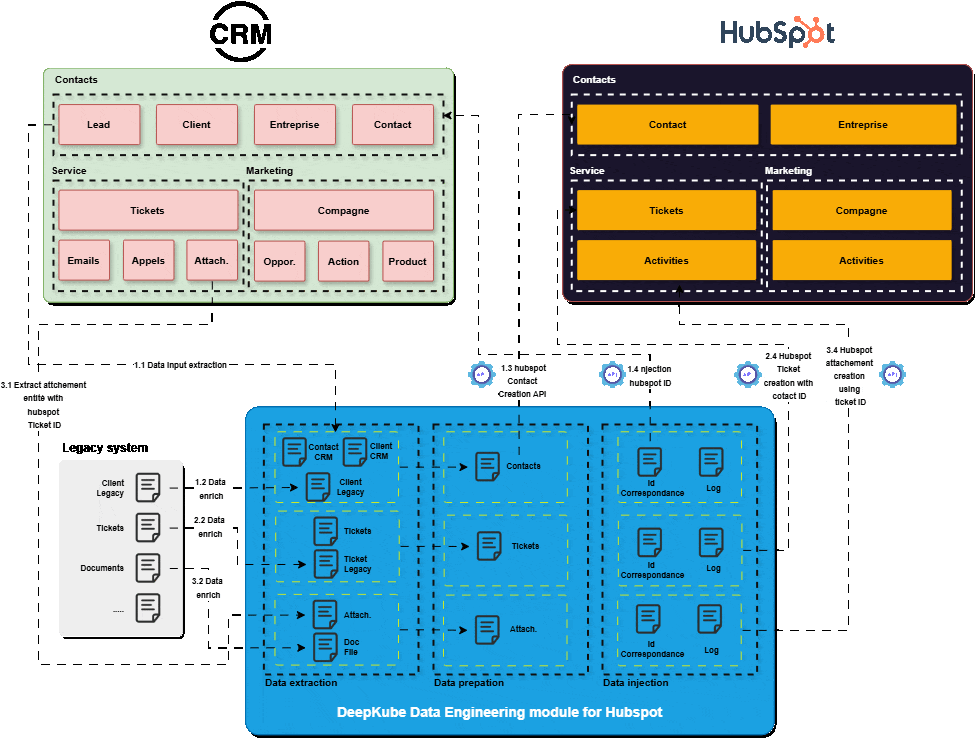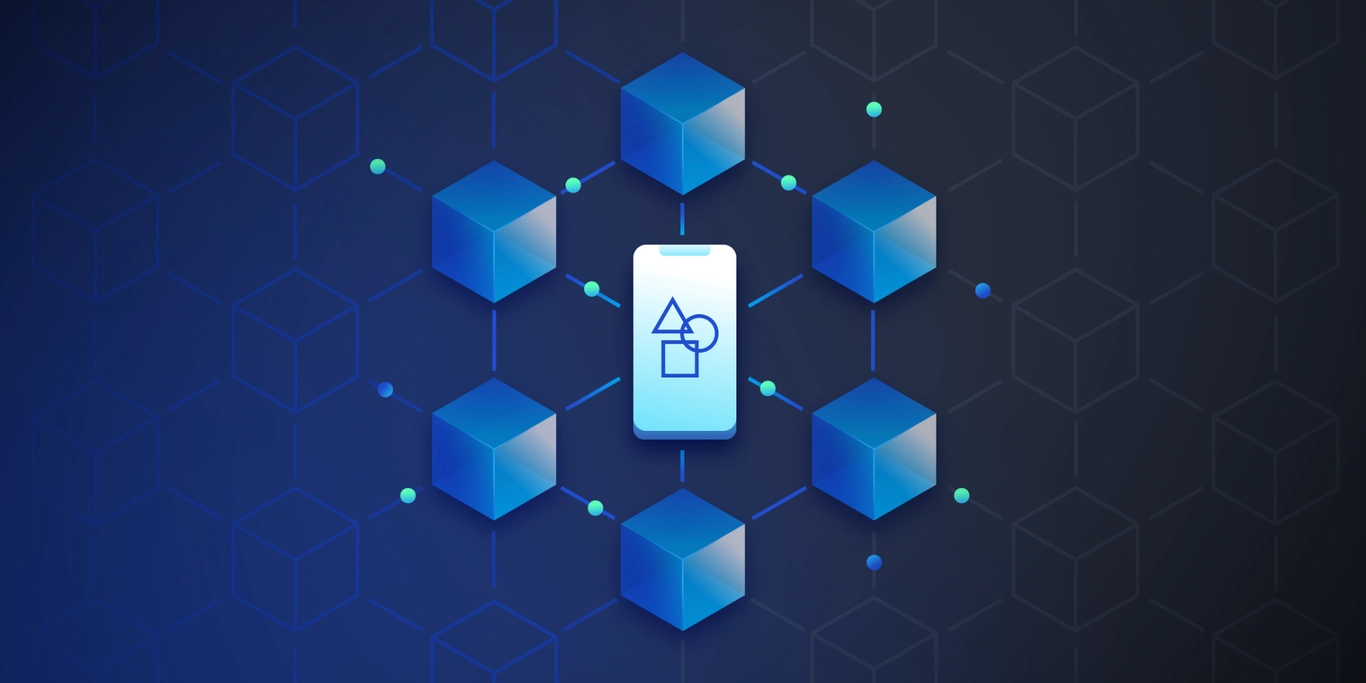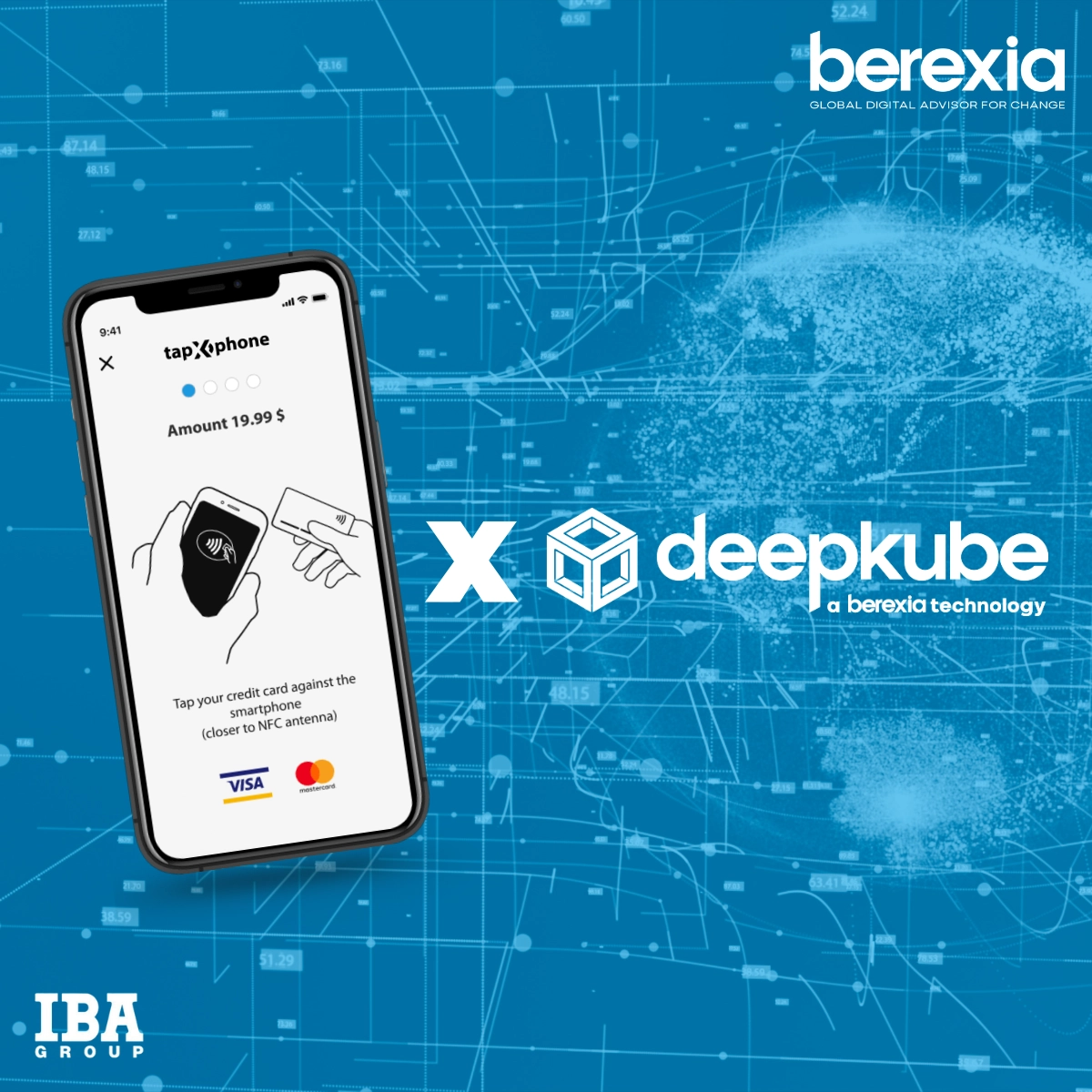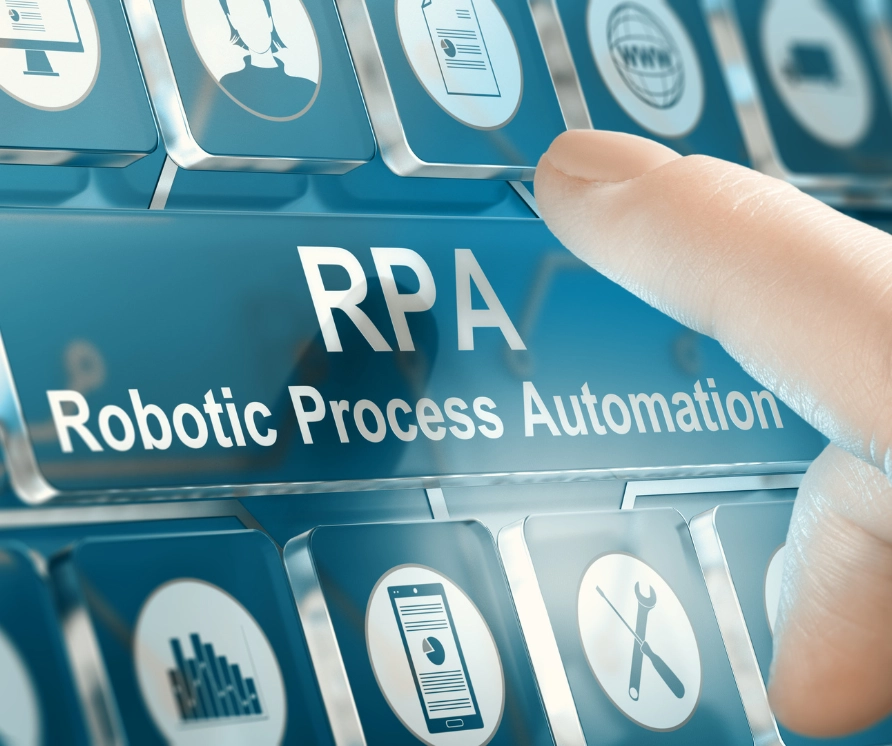As businesses increasingly prioritize personalized customer engagement and agile marketing strategies, many are turning to HubSpot as their CRM of choice. Its intuitive interface, powerful automation capabilities, and open ecosystem make it a go-to platform for driving multichannel performance.
Yet, many organizations remain trapped in legacy CRM systems, hesitant to migrate due to concerns over technical complexity, resource demands, and potential risks such as data loss or system downtime.
At Berexia, we’ve taken these challenges head-on. That’s why we’ve developed a tailored methodology and an innovative solution to turn migration risk into an opportunity for data improvement, executed smoothly and without disruption.
Migrating to HubSpot: A Strategic Opportunity, Not Just a Technical Shift
Moving to HubSpot is far more than a system switch. It’s a strategic opportunity to clean, restructure, and elevate your customer data.
It allows companies to:
- Improve data quality by eliminating duplicates, ensuring record uniqueness, and establishing a trusted single source of truth.
- Enrich the customer view by integrating data from other systems (ERP, e-commerce, support tools…), and implementing a robust Master Data Management (MDM) strategy.
Although HubSpot offers a variety of connectors and migration tools via its marketplace, these often fall short when it comes to handling complex or custom requirements.
Key limitations include:
- Lack of flexibility to support advanced data transformations, custom validations, and business logic.
- Inability to join and merge data from multiple sources to improve completeness and consistency.
- No support for custom fields or objects unless manually handled, often requiring additional development efforts.


DeepKubeHub: Our Response to Complex Migration Challenges
To address these limitations, Berexia has developed DeepKubeHub, a dedicated extension of our DeepKube data platform, purpose-built to simplify and accelerate HubSpot migration in complex environments.
Our solution relies on proven patterns:
- Smart connectors to extract data from a wide range of source systems (SAP, Salesforce, Dynamics, custom CRMs…).
- Low-code/no-code pipelines for flexible data transformation and mapping.
- Built-in quality controls to validate data throughout the migration lifecycle using tailored business rules.
DeepKubeHub Methodology: The Pillars of a Reliable Migration
Migrating to HubSpot is not just about moving data — it’s about rethinking how data flows, how it’s structured, and how it’s leveraged post-migration. With DeepKubeHub, Berexia follows a best-practice approach built on four foundational pillars, designed to ensure control, traceability, flexibility, and quality from start to finish.
- Record ID Synchronization
Ensure traceability across systems and avoid data fragmentation
One of the most critical aspects of any CRM migration is preserving the relationships between objects — contacts, deals, tickets, emails, activities, etc. To achieve this:
- We implement bi-directional ID synchronization between the legacy CRM (SAP, Salesforce, Dynamics, etc.) and HubSpot.
- Each migrated record in HubSpot retains a reference to the original CRM’s ID, and vice versa.
- This mapping is crucial to ensure that child records (e.g., tickets or emails) are correctly linked to their parent records (e.g., contact or company).
- Even if the legacy CRM is eventually decommissioned, this synchronization enables smooth post-migration audits, error tracing, and historical alignment.
- Logical Object Sequencing
Respect dependencies, ensure data integrity
Data migration must follow a logical order to maintain the structural integrity of the data:
- We apply a structured sequence of object migration, starting from the foundational elements (e.g., contacts and companies), followed by tickets, deals, and finally associated interactions or activities.
- For example:
Contacts → Companies → Tickets → Activities (emails, tasks, notes) - This approach ensures that when a dependent object is migrated (e.g., a support ticket), its related parent objects (e.g., contact and company) already exist and are properly linked.
- It also enables better visibility for business teams post-migration, ensuring that records are not orphaned or disconnected.
- Data Quality Controls
Build trust through transparency and validation
Migration often presents a unique opportunity to improve the quality of your customer data. DeepKubeHub incorporates continuous data validation and quality control mechanisms throughout the process:
- Quantitative controls: We validate the completeness and consistency of records across stages — verifying counts, field mappings, and required data.
- Qualitative controls: We assess the quality of data — duplicate detection, missing values, field normalization, and cross-field logic.
- Quality indicators are calculated at three checkpoints:
- Source data (before extraction)
- Transformed data (after cleansing and enrichment)
- Final data (as loaded into HubSpot)
- This ensures that business users receive objective indicators of success, which helps validate the migration and build confidence.
- Intelligent No-Code Mapping
Simplify transformation and support customization
Every company has a unique data model. DeepKubeHub offers a no-code mapping interface that provides full control over how data is transformed and loaded into HubSpot:
- Users can visually map fields and objects between systems using an intuitive drag-and-drop interface.
- The tool supports custom fields, custom objects, and nested relationships.
- Mapping rules can be adapted by technical teams or power users without requiring development skills.
- This flexibility ensures that even complex business models can be seamlessly reflected in HubSpot, without compromises or workarounds.
Efficient Delivery: A Full Migration in Just Two Iterations
Thanks to our modular, flexible approach, we typically complete end-to-end migrations in just two cycles:
- First iteration focuses on structural setup, initial mapping, and partial data migration for validation.
- Second iteration applies adjustments, enriches data, and completes the full migration.
We also advise a pre-migration data cleaning phase, which helps filter out irrelevant or obsolete data, ensuring that only high-quality, strategic information is migrated.
Conclusion
Migrating to HubSpot with DeepKubeHub is not just about switching platforms — it’s about elevating your data strategy.
Our approach transforms migration into a structured, value-adding project that enhances data quality, reinforces system alignment, and sets the foundation for impactful marketing and CRM performance.
At Berexia, we combine powerful tools and proven methodology to make your transition to HubSpot seamless, strategic, and future-ready.




























